
Have you ever stopped and watched, spellbound, as construction workers move around at great heights, confidently setting beams and working atop rooflines? While they may appear to have the confident nonchalance of a skilled trapeze artist, they are supported by safety equipment and regulations that help to guarantee that everyone goes home safe and whole at the end of the workday. Eliot Lothrop, of Building Heritage, wrote an article in the Journal of Light Construction about working at height and the equipment he relies on every day.
Eliot’s experience guided him away from what he calls “compliance-in-a-can” safety solutions, instead of borrowing from the collective knowledge of rock climbers and arborists. Like many construction companies, Building Heritage requires employees to wear hard hats at all times on-site, so comfort is a must for long days and active workers. Traditional construction hard hats can be uncomfortable and ill-fitting, so the team shifted to rock-climbing hard hats complete with chin straps and spots to attach ear muffs, visor, and headlamp – handy for timber framers and restoration specialists!
His team also moved away from the standard fall-arrest harnesses (the kind that come with your typical lift rental) and into full-body harnesses. Eliot says that for much of their work, a high-performance harness that allows for better work positioning and more mobility is critical. He notes, “to safely work on a roof slope or other location with poor footing where you might lean against your rope, the attachment point needs to be in front of you.”
All puns aside, the rope system is what ties it all together in the end, and Eliot uses arborist ropes in a variety of ways to suit the need and situation. When anchoring ropes, the type of anchor depends on the location: for stationary anchor points, Eliot utilizes a single, long lanyard to allow for freedom of movement, and for anchoring to roof framing, the team uses a ring strap anchor tied off with a figure-eight knot (and additional safety knot at the end). For rope work, the Building Heritage team employs a mobile fall-arrester that follows the worker up and down the rope smoothly and without much adjustment. However, in much of their vertical work, the team uses a two-rope system – the fall-arrest lifeline and a second rope-and-anchor setup with a self-braking descender.
Eliot reports that his team works more safely and efficiently using the lighter arborist and rock-climbing gear – while it’s not traditional, it gets the job done and is more comfortable to boot. See the gear Eliot’s team uses below!
Hard hats: Petzl Vertex Vent, Type 1, Class C Model
Harness: Petzl AVAO BOD international version
Arborist ropes: Petzl Axis 11mm
Roof anchor: DBI Sala-style D ring strap anchors
Stationary anchor: Petzel ABSORBICA-I international version
Rope work: Petzel ASAP mobile fall-arrester
Two-rope positioning system descender: Petzel RIG self-braking descender
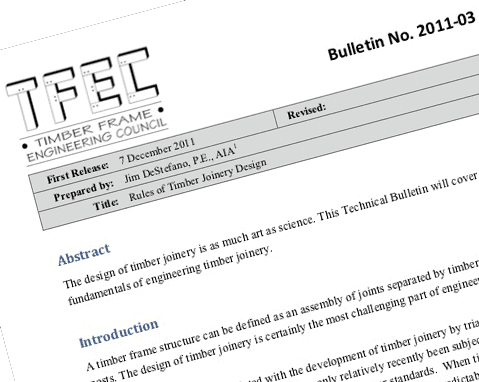
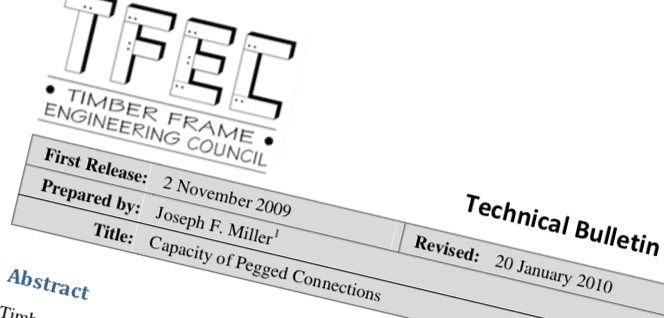
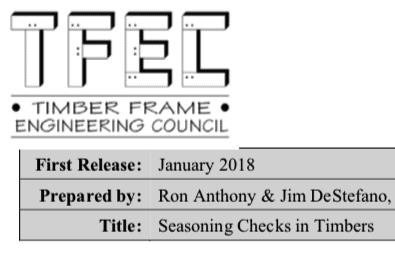
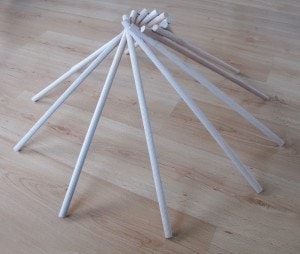
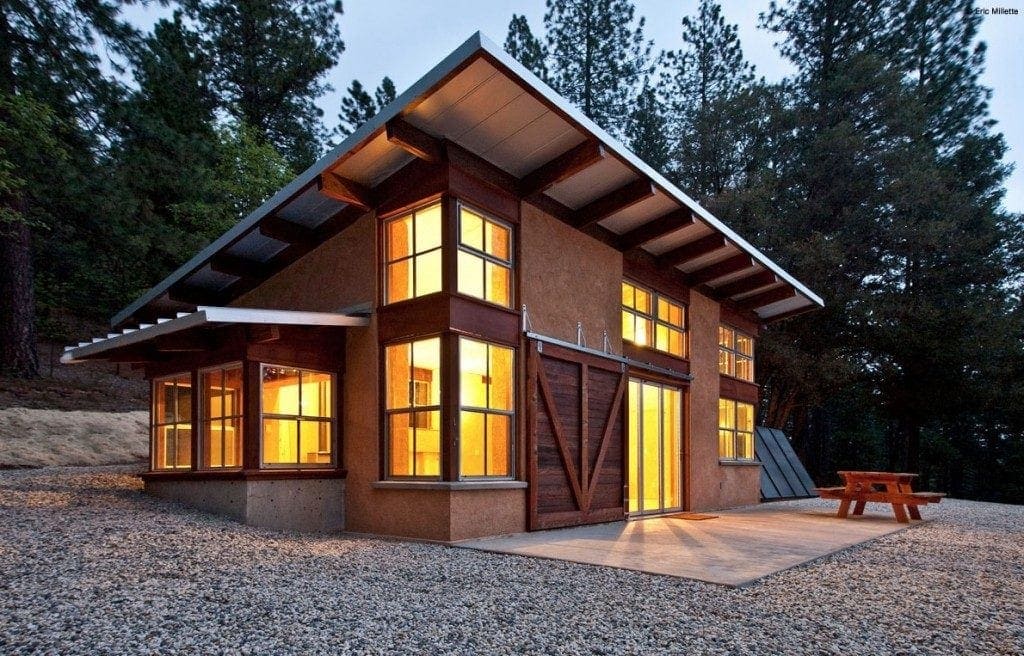

There’s more information about the two-rope system for working safely at height at SPRAT, see https://sprat.org/rope-access/. This kind of harness won’t snap your back when bad things happen, and is made for safe working. The climbing helmet is also a no-brainer. (I was SPRAT Level 1 certified for 3 years.)